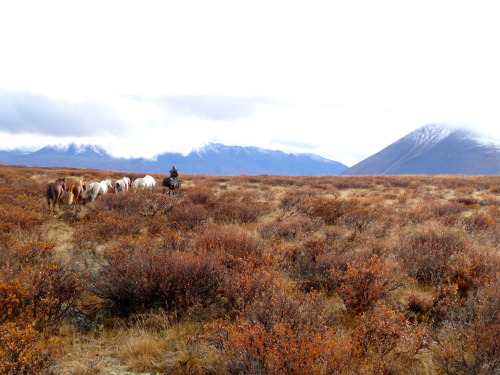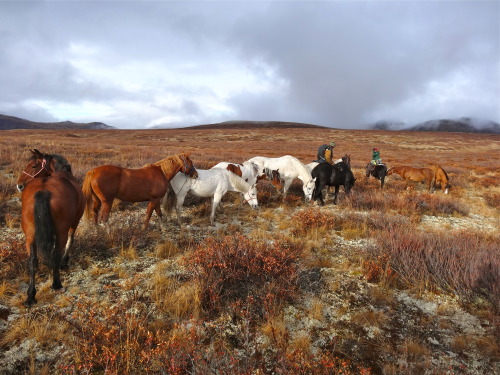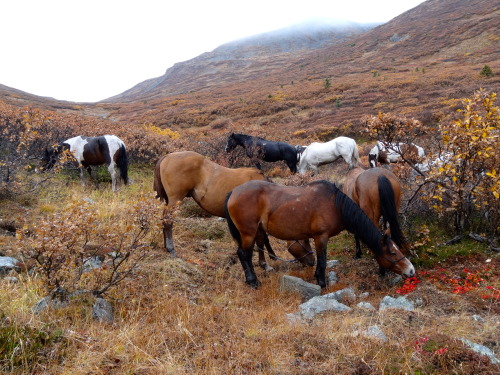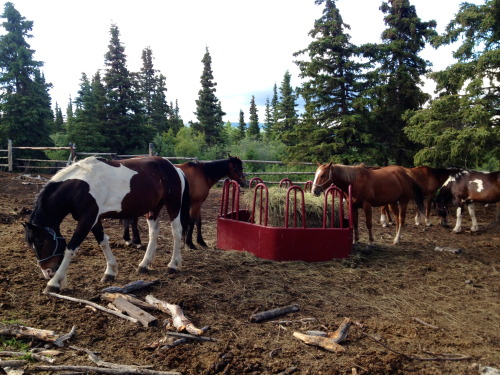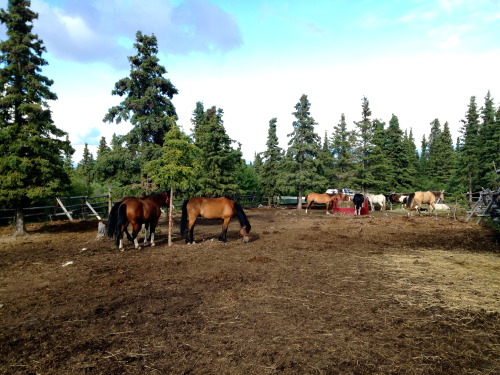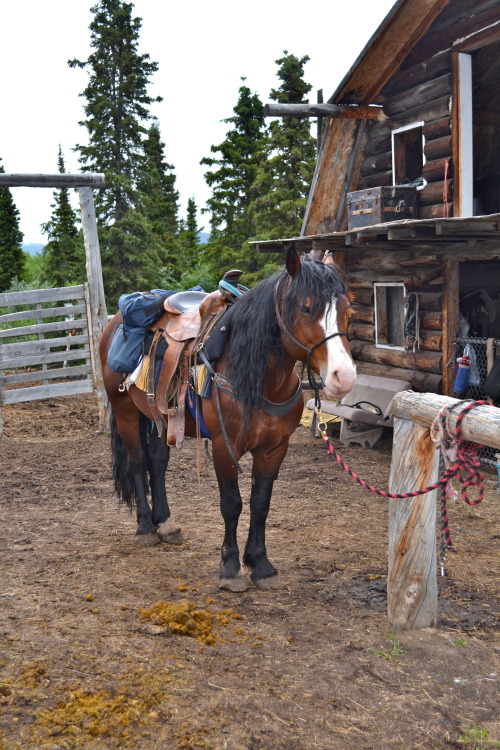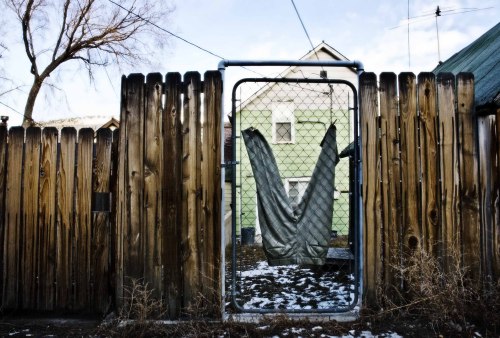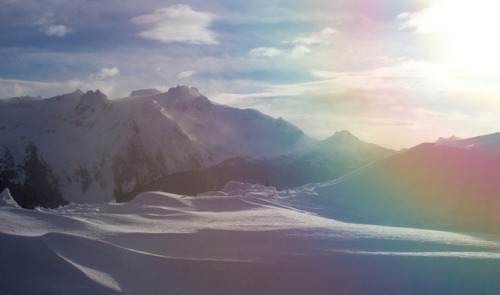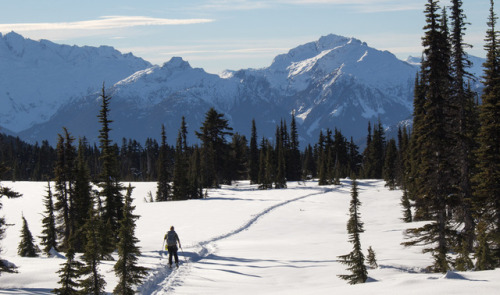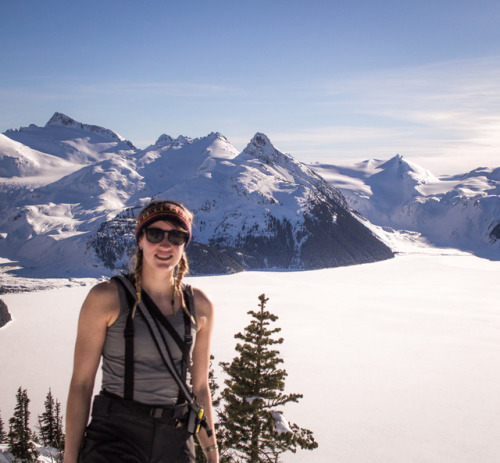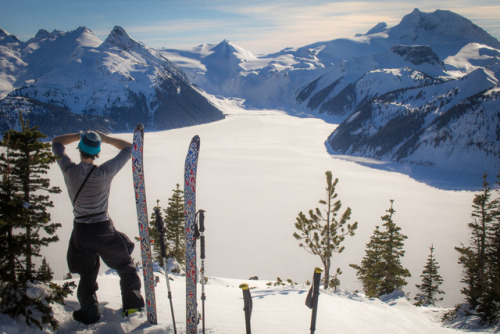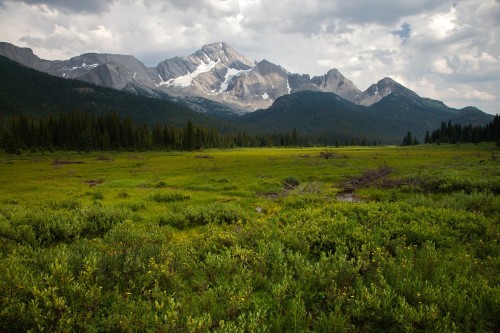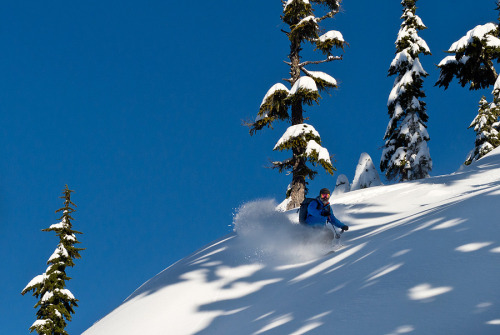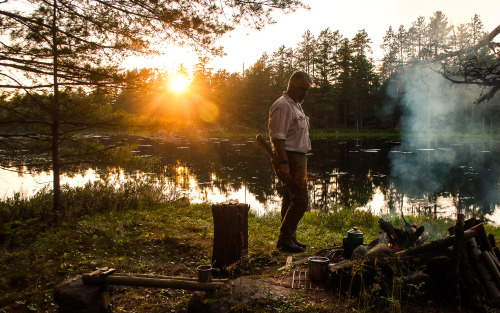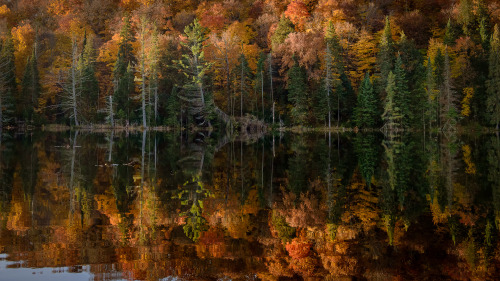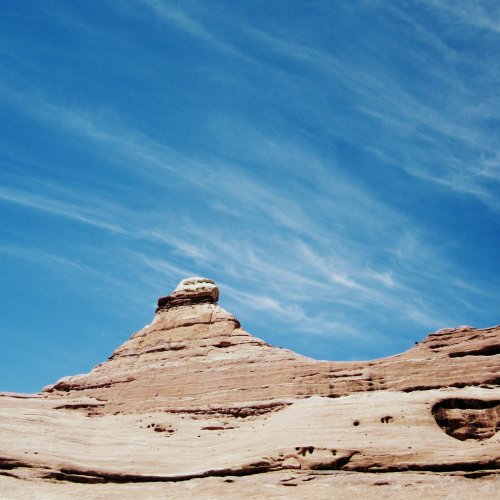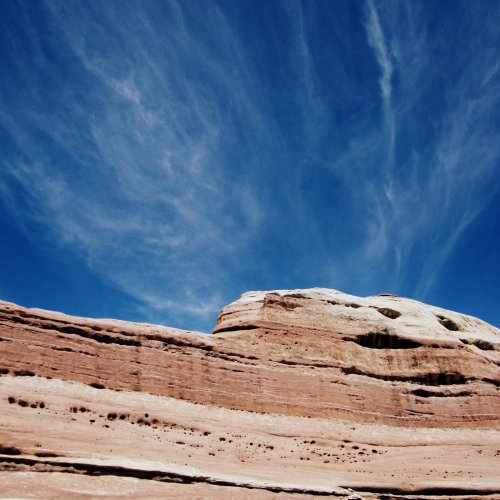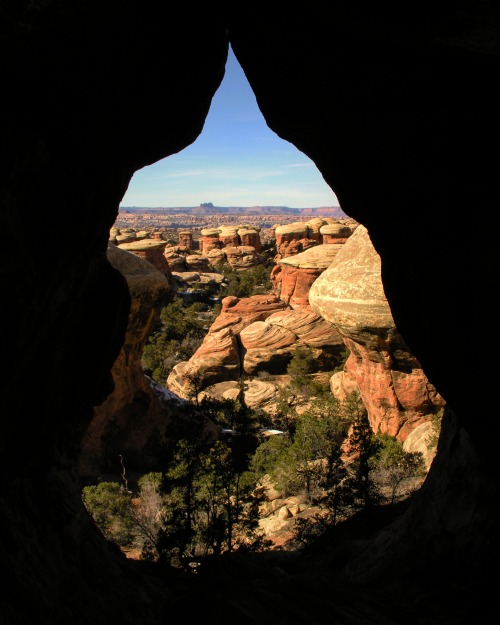#backcountry
Shoveling out cars, paths, and bodies.
This is edition #19 of the Shangrilogs newsletter.
Shoveling out three bodies in under 12 minutes isn’t bad, but there’s room to improve. After all, shoveling has been the hobby du jour lately. And it’s almost entirely the wind’s fault. We’ll get to the bodies in a minute, but we have to start with the wind.
The wind has shown herself to be a worthy adversary, a trickster if I ever knew one, and she takes everything she can. The only time I remember being in the presence of wind with this kind of command was during Hurricane Ike in 2008. I was living in a shoddy hotel room at the resort I worked at on Virgin Gorda in the British Virgin Islands. The western wall of my room was entirely glass, and the night that Category 4 hurricane made landfall, I crouched on the eastern side of my bed, away from the glass, knees pulled to my chest and head tucked. The glass patio doors shook violently in their metal cradles and the 450-mile-wide jet engine that was Ike bellowed through the night. That was the only time I feared wind until the other night.
I have to give credit where it’s due, and the wind jolted me out of the bed I was holding myself so tightly in as she smashed into the French doors in our bedroom, shoving them in and out of frame as she howled through. They were locked, holding hands like children spinning as fast as they can ‘til their grip gives out and they tumble into the grass. Snow swirled in like a devil searching for a body, phantom fingers curling in the air, and it was only then we noticed it was also snowing above our heads, soaking our headboard. I respect the wind outside. But I don’t appreciate unannounced guests even when I like them. The bedroom temperature dipped into the 40s.
Her battering ram didn’t work, but it’s not her only war strategy. If you cannot get in the castle, you trap and starve the people inside. We’ve had some four feet in the last week or so, with 15 more inches coming tomorrow. It is the medium with which the wind paints, her brush strokes severe and energetic; she has patterns that help you recognize her work, like the six foot snow drift in front of our latest main entry. I say “latest” because the wind is having a real laugh taking them one by one. You want to use the front door? Permanent 5-foot snow drift. Your French doors? Taped shut with Peel and Seal tape, just giant pieces of shiny silver tape gift wrapping every seam in the bedroom doors and window. Your garage door? A massive wall of wind-whipped layered snow, compressing and compacting by the hour so if you wait til the storm is over, it will be back-breaking. Get out there where I can see you so I can slither through every zipper you have and chill you to the bone.

But she does have a sense of humor. After filling the screened-in patio with two foot snow drifts, she left the path from the patio door down to the cars so perfectly clear you can see the ground. She has quite literally swept the path for us, like some kind of game. After all, she wants to see you desperately shovel out the other doors over and over, like a whole town of Sisyphean fools.
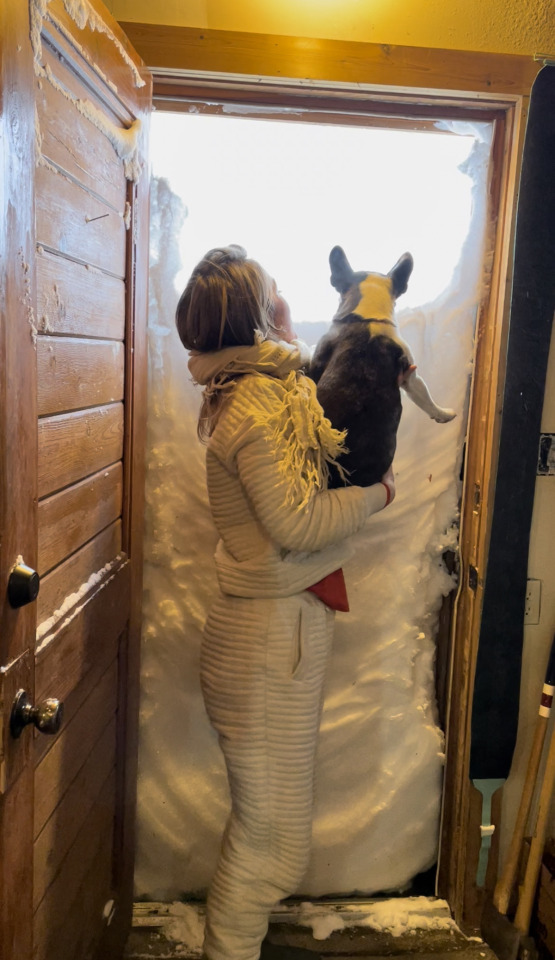
But the shoveling didn’t stop there. We’ve been shoveling out our driveways, shoveling out the truck bed, shoveling out the internet satellite, shoveling out the compost bin, shoveling out the cars — the cars! My and Ben’s egos remain strangled by a warm taunt offered before the snow came: “if you can’t make it up the hill, you can park at my house.” All generosity was wiped clean by the very idea that there would be something Ben and I couldn’t do. If we can’t make it up the hill? It was like insulting our competency, our capabilities, and our cars all at the same time. But lately, I’ve come to understand what he meant.
There are cars abandoned everywhere. I shouldn’t even say cars: 4-wheel drive trucks, Land Cruisers, Subarus, vehicles capable of wintering and presumably driven by people who should understand at least marginally better than us how snow driving works. Maybe everyone is lazier than us. Maybe snow tires are sitting in the garage waiting to prove their value and earn their space. But everywhere you go there’s just another car left in a snowbank, fallen into the creek, jammed between trees, or just abandoned and left to be plowed in. We’ve seen a minimum of ten cars sitting in piles of snowy shame and frustration. There’s only 180 people in this town! It seems like a town ritual to dig out cars. It would be practical to buy shovels to keep in both our vehicles, but thus far we’re too smugly driving up the icy, snow-whipped road in 2-wheel drive knowing we could switch to 4-wheel, and slipping into the driveway without it. Never mind that each vehicle looks like it had one too many when we pull in, swaying from side to side, because the driveway we shoveled out in the morning is, yet again, covered in snow.

But all this shoveling pales in comparison to the shoveling that matters.
On Monday, Ben and I went to our first avalanche rescue course. It was an all day course, 15°F with (you guessed it) wind gusts upwards of 40mph, but mostly just strong enough to be persistently annoying. It seems important to reality-set a little here: it’s very unlikely that just living here will ever put you in likely avalanche danger. There are often avalanches along the 2.5 mile road into town, but no one in modern history has ever died in one. You’re usually just driving over avalanche debris (assuming you haven’t lost control of the vehicle, which, we’ve seen how people drive here.) The massive avalanche field that splits the town into two sections threatens to annihilate only two houses, and typically conditions are easy enough to understand that those people can evacuate in advance if risk is high. In the last ten years or so, they’ve only stayed with friends once.
The most persistent avalanche risk is actually the one you seek out, and because backcountry skiing is now part of our “move your body” roster, we are seeking out that risk, even with all precautions in place. So we need to know how to protect ourselves and anyone else who might be out there. Death by trauma in an avalanche is possible, but plenty of people live through the slide — it’s how fast you get them out of that slide that determines whether they live past it. A person who is completely buried in an avalanche can live for about 15 minutes before incurring serious brain damage. Snow is porous, but victims are typically breathing their own exhaled air (if their airways aren’t clogged by snow), resulting in carbon dioxide poisoning, as well as their breath melting the snow around their mouth which can refreeze as ice (non-porous). Point being, you gotta dig them out, and you need to do it quick.
In the backcountry, you should be wearing a radio to communicate with your party (e.g., “clear, follow my line” or “dropping down in 3”), but everyone also needs to be wearing a beacon. The beacon is how you find someone trapped in the snow, or multiple someones. In the event of a burial in an avalanche, all parties not buried turn their beacons to Search. Once you get your beacon as close to the person trapped as you can, you use a ~10-foot probe (longer in regions with deeper snow) to try to locate the body beneath you. And once you jab into something that feels like a person or a backpack or a ski, you start digging for your life, or more accurately, theirs.
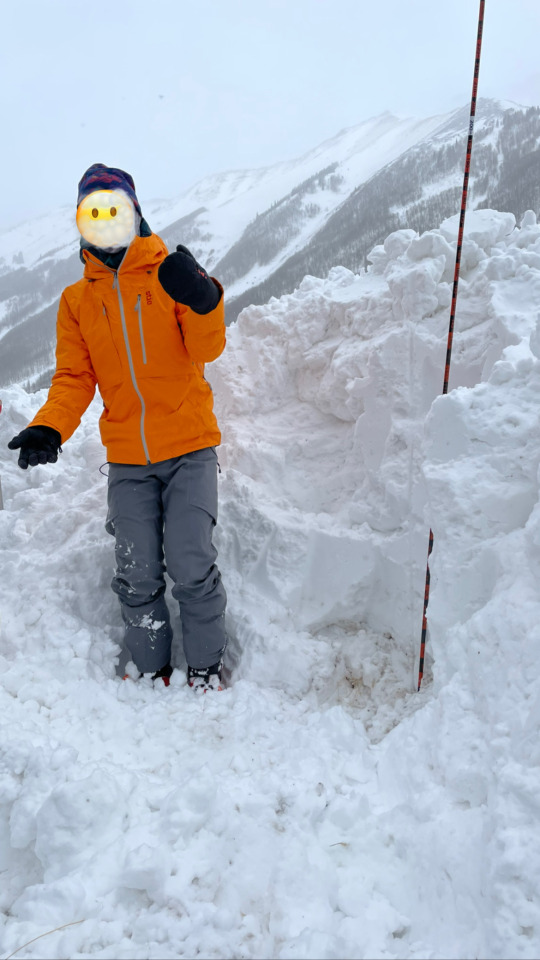
At the top of the class, our instructor started with a warning: “this class will simulate high stress scenarios. I know some of you know people who’ve died in avalanches. I can’t know how you will react, so please do what you need to to take care of yourself through the class.”
I don’t personally know any avalanche victims (probably “yet”), but it didn’t make the simulations any less serious. In the screaming winds, at the end of a day of skinning and digging and learning, we were set up with a scenario. They separated us into three groups far enough apart to not hear the instructions the other group were receiving, “you don’t know each other, you’re all out in the backcountry on separate trips, and there’s been an avalanche, you have no idea how many people might be buried — rescue all of them, now, or they’ll die.”
They taught us an acronym for avalanche safety: ALONE.
A: Any additional threat of avalanche? No? Assign a leader.
L: Look for clues. Do you see a pole or ski sticking up? Where was the last place you saw the people before the snow broke?
O: Outside help. Use your Spot or Garmin and phone and call for help. Call it in over the radio, too.
N: Number of people you’re looking for, if you know.
E: Everyone turns their beacons to search mode and begins the hunt.
We were disorganized. Each group assigned their own leader. We didn’t work together. The beacons don’t lead you in a straight line and we didn’t designate paths for each group to search. The wind reveled in the chaos as my beacon led us within 1.5m of a signal. We unearthed probes and shovels from our packs, ditching our skis and bags, probing into the snow until we made contact with something. And then, the shoveling began. You don’t think of shoveling your driveway or your stoop. You don’t think of shoveling out paths and cars. You only think of who you would be shoveling out. Of how many seconds it’s been since you began searching, of how many seconds that might mean their airways have been packed with snow, of how many seconds they have left.
We recovered the first body in three minutes, but we made a dumb mistake of not turning off the dummy’s beacon once we recovered them. We dug a hole only a meter away looking for the second body, our beacons all still alerting us someone was near. It was the beacon we hadn’t turned off, wasting time, wasting seconds of someone’s chance of survival if that had happened in a real slide. A few meters away, more of the search party located another body, and we stomped through the snow to dig them out, your top speed embarrassingly slow as you collapse through the snowpack. At the final shovel strike, we heard another member of our party, completely alone, call out across the slope some 25 meters away, “I’m 1 meter away from a signal!” A third body. My and my friend’s skis were, at this point, maybe 8 meters uphill, so we army-crawled with our shovels out across the snow as fast as we could, trying not to sink in, digging with fury at the site once we arrived. We found the legs, and like idiots, we started digging out the legs, then the belly, then the chest, instead of just trying to dig out the head first so the dummy could breathe.
But we recovered all three bodies in 12 minutes. A little too close for comfort. A little too comfortable for actual close calls. I kneeled in the snow panting, shovel in hand, finally released enough from the simulated disaster to notice how exhausted I was.
We made a lot of mistakes in the simulation. We should have designated a leader, assigned dedicated search paths, assigned probe and first shovel duties, turned off beacons on the dummies as soon as we found them, we should have kept our equipment closer in order to reach bodies faster and have better access to the tools at our disposal, and many, many more. But that’s why you take classes and courses, and you keep taking them because the reality is, these skills aren’t tested that often. And between the classes and the books and the videos and the practice drills, you shovel. You shovel all the drifts, over and over, even when she fills them before your eyes, even when she whips and taunts you, yelling through the night, because only then can you see the wind for what she is: a general, fraying and testing your nerve, preparing you for the day when shoveling isn’t in or out, but life or death.
If you enjoyed this, subscribe to the newsletter at shangrilogs.substack.com for my high-altitude adventures. For information on staying safe in avalanche country, check out: Avalanche.org,Colorado Avalanche Information Center (CIAC),Sierra Avalanche Center, and Know Before You Go (KBYG).
Find calm waters, before getting at it again.
@bigtomphotobomb recorded at @voyageursnps
#canoeing #canoecamping #paddlelife #paddleharder #getoutside #outdoorlife #backcountry #backcountrycamping #explorenature #adventureiscalling #canoetrip #canoelife #paddleON #wildernessculture #outdoorculture #takemecamping #outsideculture #findyourwild #yourstodiscover #wildernesslifestyle
https://www.instagram.com/p/CN3T33iDVB-/?igshid=twtqr4izi2vb
Minus 25°C with the wind chill this morning. Brrrrr. On the plus side, the ice crystals blowing through the air made for some neat rainbow effects.
Post link
I’ve always been a summer person through and through… But I guess with this whole ski touring thing, I’m trying to embrace winter. It’s not hard when you get days like this!
Post link
A beautiful day for some turns in the Baker backcountry.
Portfolio:ericmickelson.com
Instagram:@_ericmickelson
Post link
Adeii Eichii - Dreamscape
Adeii Eichii – Dreamscape
The mask of airborne vapor rolls back to reveal the dreamscape in the arid desert below. Red earth giving way to the Red Rock Cliffs and the tearful flow of the Adeii Eichii Cliffs beyond…an unearthly scene, yet every drift and crenellation revealing the mystical soul of this place and fortifying our imaginations. This is a place of dreams layered upon earth.


